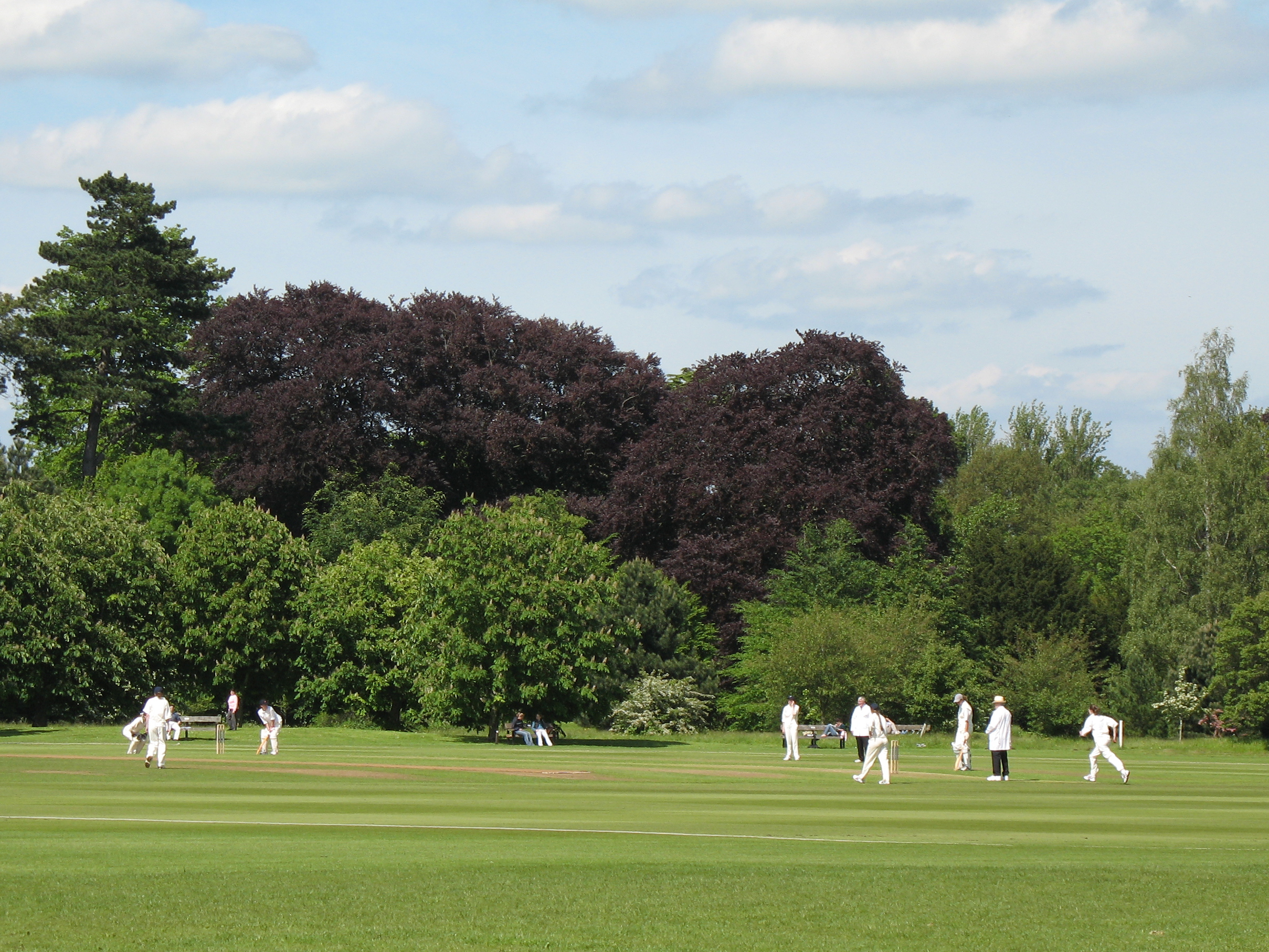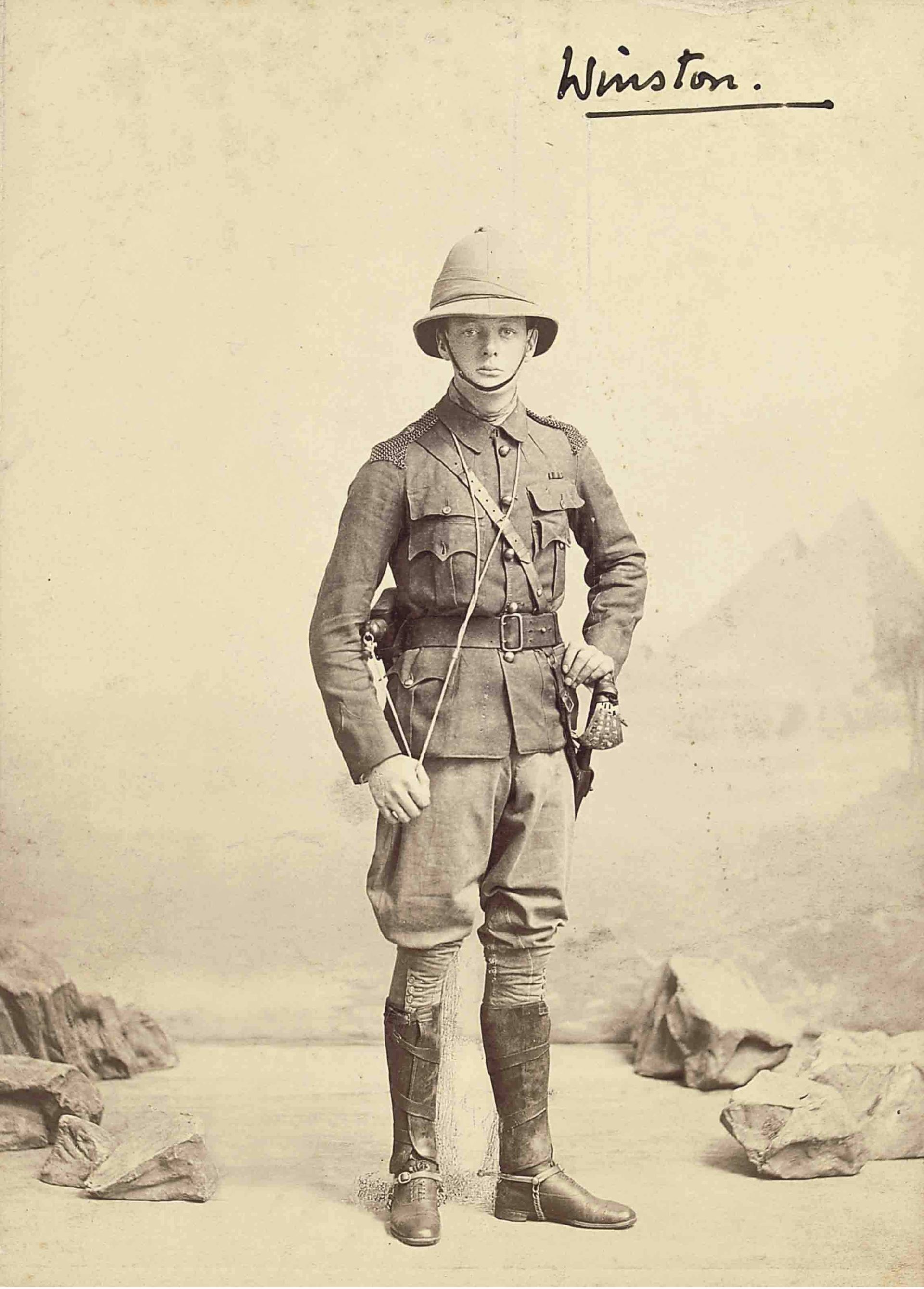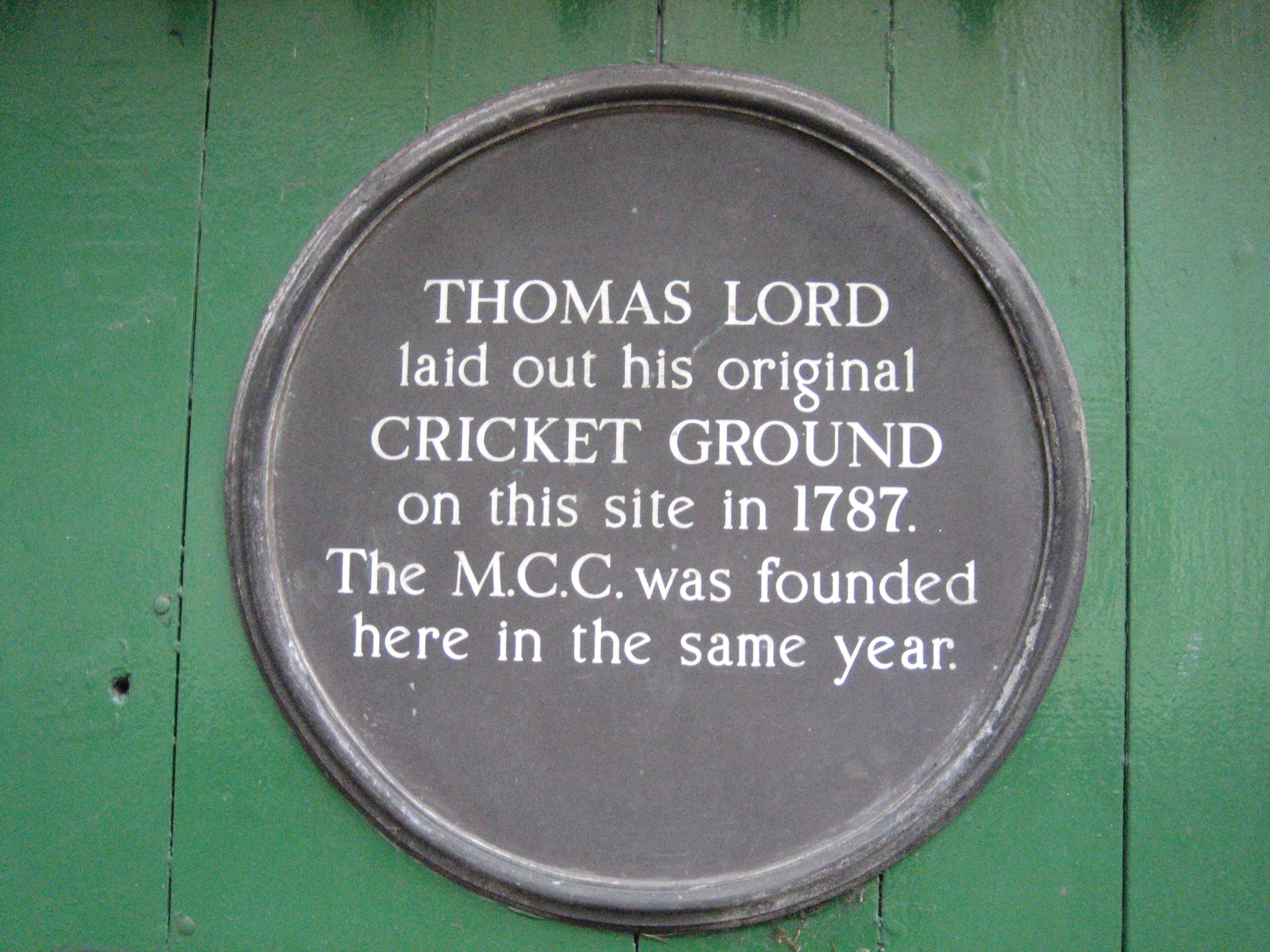|
R.T. Stanyforth
Lieutenant-Colonel Ronald Thomas "Rony" Stanyforth, (30 May 1892 – 20 February 1964) was an Army officer and English amateur first-class cricketer, who played for Yorkshire County Cricket Club and England, captaining England in the four Test matches he played in. Stanyforth was born at Chelsea, London, England, the son of Edwin Wilfrid Stanyforth (born Edwin Wilfrid Greenwood) of Kirk Hammerton Hall, Yorkshire. He was educated at Eton and Christ Church, Oxford. He played for Oxford University in 1914 and then served in World War I. He was awarded the MC and CVO. After the war he played for Combined Services in 1922, Army from 1923 to 1929, Marylebone Cricket Club (MCC) from 1923 to 1933 and H. D. G. Leveson Gower's XI in 1926. In 1926 he played one game for Langholm Cricket Club after being invited to by the Earl of Dalkeith. Stanyforth, a wicket-keeper, captained England against South Africa in 1927–28, and he won two, lost one and drew once. However, the series w ... [...More Info...] [...Related Items...] OR: [Wikipedia] [Google] [Baidu] |
Chelsea, London
Chelsea is an affluent area in west London, England, due south-west of Charing Cross by approximately 2.5 miles. It lies on the north bank of the River Thames and for postal purposes is part of the south-western postal area. Chelsea historically formed a manor and parish in the Ossulstone hundred of Middlesex, which became the Metropolitan Borough of Chelsea in 1900. It merged with the Metropolitan Borough of Kensington, forming the Royal Borough of Kensington and Chelsea upon the creation of Greater London in 1965. The exclusivity of Chelsea as a result of its high property prices historically resulted in the coining of the term "Sloane Ranger" in the 1970s to describe some of its residents, and some of those of nearby areas. Chelsea is home to one of the largest communities of Americans living outside the United States, with 6.53% of Chelsea residents having been born in the U.S. History Early history The word ''Chelsea'' (also formerly ''Chelceth'', ''Chelchith' ... [...More Info...] [...Related Items...] OR: [Wikipedia] [Google] [Baidu] |
Oxford University Cricket Club
Oxford University Cricket Club (OUCC), which represents the University of Oxford, has always held first-class status since 1827 when it made its debut in the inaugural University Match between OUCC and Cambridge University Cricket Club (CUCC). It was classified as a List A team in 1973 only. Home fixtures are played at the University Parks slightly northeast of Oxford city centre. History The earliest reference to cricket at Oxford is in 1673. OUCC made its known debut in the inaugural University Match between Oxford and Cambridge played in 1827. In terms of extant clubs being involved, this is the oldest major fixture in the world: i.e., although some inter-county fixtures are much older, none of the current county clubs were founded before 1839 (the oldest known current fixture is Kent ''versus'' Surrey). The Magdalen Ground was used for the University Cricket Club's first match in 1829, and remain in regular use until 1880. Bullingdon Green was used for two matches in 18 ... [...More Info...] [...Related Items...] OR: [Wikipedia] [Google] [Baidu] |
21st Lancers
The 21st Lancers (Empress of India's) was a cavalry regiment of the British Army, raised in 1858 and amalgamated with the 17th Lancers in 1922 to form the 17th/21st Lancers. Perhaps its most famous engagement was the Battle of Omdurman, where Winston Churchill (then an officer of the 4th Hussars), rode with the unit. History Formation The regiment was originally raised in Bengal by the East India Company in 1858 as the 3rd Bengal European Light Cavalry, for service in the Indian Rebellion. As with all other "European" units of the Company, it was placed under the command of the British Crown in 1858, and formally moved into the British Army in 1862, when it was designated as a hussar regiment and titled the 21st Regiment of Hussars. A detachment saw service in the 1884–5 expedition to the Sudan, with the Light Camel Regiment. In 1897 it was re-designated as a lancer regiment, becoming the 21st Lancers. The Indian origin of the regiment was commemorated in its "French grey" ... [...More Info...] [...Related Items...] OR: [Wikipedia] [Google] [Baidu] |
Free Foresters Cricket Club
Free Foresters Cricket Club is an English amateur cricket club, established in 1856 for players from the Midland counties of England. It is a 'wandering' (or nomadic) club, having no home ground. The Free Foresters were founded by the Rev. William Kirkpatrick Riland Bedford, who had been appointed rector of Sutton Coldfield in 1850. At Oxford University, he had discovered cricket and in 1847 he had set up the Sutton Coldfield Cricket Club. The name of the Free Foresters was chosen to reflect that archery had been popular at the Rectory Park long before cricket was introduced. The club played its first match on 20 July 1856 against the Pilgrims of the Dee, at the Rectory Ground in Sutton Coldfield. In 1863, the Free Foresters presented the rector with a silver salver as a token of their esteem. The salver can be seen at Lord's cricket ground. For many years, starting in 1912, their matches against Oxford University and Cambridge University had first-class status, the last such g ... [...More Info...] [...Related Items...] OR: [Wikipedia] [Google] [Baidu] |
County Championship
The County Championship (referred to as the LV= Insurance County Championship for sponsorship reasons) is the domestic first-class cricket competition in England and Wales and is organised by the England and Wales Cricket Board (ECB). It became an official title in 1890. The competition consists of eighteen clubs named after, and representing historic counties, seventeen from England and one from Wales. The earliest known inter-county match was played in 1709. Until 1889, the concept of an unofficial county championship existed whereby various claims would be made by or on behalf of a particular club as the "Champion County", an archaic term which now has the specific meaning of a claimant for the unofficial title prior to 1890. In contrast, the term "County Champions" applies in common parlance to a team that has won the official title. The most usual means of claiming the unofficial title was by popular or press acclaim. In the majority of cases, the claim or proclamation w ... [...More Info...] [...Related Items...] OR: [Wikipedia] [Google] [Baidu] |
Greville Stevens
Greville Thomas Scott Stevens (7 January 1901 – 19 September 1970) was an English amateur cricketer who played for Middlesex, the University of Oxford and England. A leg-spin and googly bowler and attacking batsman, he captained England in one Test match, in South Africa in 1927. He was widely regarded as one of the leading amateur cricketers of his generation who, because of his commitments outside cricket, was unable to fulfil his potential and left the game early. Stevens was an outstanding schoolboy cricketer, whose exploits at University College School brought him to the attention of Middlesex, for whom he made his debut in 1919 while still at school. He won cricket blues at the Oxford in each of the years 1920 to 1923, and was captain of the university side in 1922. He played for Middlesex between 1919 and 1932, and appeared altogether in 10 Test matches. The first of these was against South Africa in 1922–23, the last against the West Indies in 1929–30. He was ... [...More Info...] [...Related Items...] OR: [Wikipedia] [Google] [Baidu] |
English Cricket Team In South Africa In 1927–28
The England cricket team toured South Africa during the 1927–28 season, playing five Test matches against the South Africa national team and 13 tour matches under the banner of the Marylebone Cricket Club against local sides. The tour began on 12 November 1927 with a match against Western Province and ended on 21 February 1928 at the conclusion of another match against the same side. The five Tests were played between 24 December 1927 and 8 February 1928. The Test series was drawn 2–2, with England winning the first two and South Africa the last two, with a drawn Test in the middle. Guy Jackson Guy Rolf Jackson (23 June 1896 – 21 February 1966) was an English cricketer who played first-class cricket for Derbyshire between 1919 and 1936, being captain for nine years. Jackson was born at Ankerbold, Tupton, Derbyshire, the son of Bri ... was selected as the captain of the touring side in July 1927. He withdrew in October owing to illness. He was replaced by RT Stanyfor ... [...More Info...] [...Related Items...] OR: [Wikipedia] [Google] [Baidu] |
Wicket-keeper
The wicket-keeper in the sport of cricket is the player on the fielding side who stands behind the wicket or stumps being watchful of the batsman and ready to take a catch, stump the batsman out and run out a batsman when occasion arises. The wicket-keeper is the only member of the fielding side permitted to wear gloves and external leg guards. The role of the keeper is governed by Law 27 of the Laws of Cricket. Stance Initially, during the bowling of the ball the wicket-keeper crouches in a full squatting position but partly stands up as the ball is received. Australian wicket-keeper Sammy Carter (1878 to 1948) was the first to squat on his haunches rather than bend over from the waist (stooping). Purposes The keeper's major function is to stop deliveries that pass the batsman (in order to prevent runs being scored as 'byes'), but he can also attempt to dismiss the batsman in various ways: * The most common dismissal effected by the keeper is for him to ''catch' ... [...More Info...] [...Related Items...] OR: [Wikipedia] [Google] [Baidu] |
Marylebone Cricket Club
Marylebone Cricket Club (MCC) is a cricket club founded in 1787 and based since 1814 at Lord's Cricket Ground, which it owns, in St John's Wood, London. The club was formerly the governing body of cricket retaining considerable global influence. In 1788, the MCC took responsibility for the laws of cricket, issuing a revised version that year. Changes to these Laws are now determined by the International Cricket Council (ICC), but the copyright is still owned by MCC. When the ICC was established in 1909, it was administered by the secretary of the MCC, and the president of MCC automatically assumed the chairmanship of ICC until 1989. For much of the 20th century, commencing with the 1903–04 tour of Australia and ending with the 1976–77 tour of India, MCC organised international tours on behalf of the England cricket team for playing Test matches. On these tours, the England team played under the auspices of MCC in non-international matches. In 1993, its administrative a ... [...More Info...] [...Related Items...] OR: [Wikipedia] [Google] [Baidu] |
British Army Cricket Team
The Army cricket team is a cricket side representing the British Army. The Army team played 51 first-class matches between 1912 and 1939, although a combined Army and Navy side had played two games against a combined Oxford and Cambridge team in 1910 and 1911. In 1927 the Army played the touring New Zealanders, and in 1933 they played the touring West Indians. After the Second World War, for first-class purposes the Army team amalgamated with the Navy and Air Force teams to form the Combined Services team, which played first-class cricket until 1964. The Army team continues to play cricket at non-first-class level. The sides are managed by the Army Cricket Association which also runs under-25 and women's teams. The Army also have another team in Germany, known as BA(G). The main team occasionally organises friendlies with allies, particularly against their army counterparts from cricket-playing nations such as Afghanistan and South Africa, and charities matches against loc ... [...More Info...] [...Related Items...] OR: [Wikipedia] [Google] [Baidu] |
Combined Services Cricket Team
The Combined Services cricket team represents the British Armed Forces. The team played at first-class level in England for more than forty years in the mid-twentieth century. Their first first-class match was against Gentlemen of England at Lord's in 1920, while their last was against Oxford University at Aldershot in 1964. Combined Services have continued to play cricket thereafter, albeit at minor level. They played only six first-class matches prior to World War II, but a further 57 afterwards, when the individual services had ceased to play at first-class level (apart from two matches by the Royal Air Force immediately after the War). Of these 63 matches, they won 7 (5 of them between 1946 and 1949), lost 34 and drew 22. In the 1950s, most young men had to do two years National Service in one of the armed forces, so that Combined Services was able to field some reasonably strong sides. For example, in the 1951 match against the touring South Africans the side includ ... [...More Info...] [...Related Items...] OR: [Wikipedia] [Google] [Baidu] |
.jpg)




